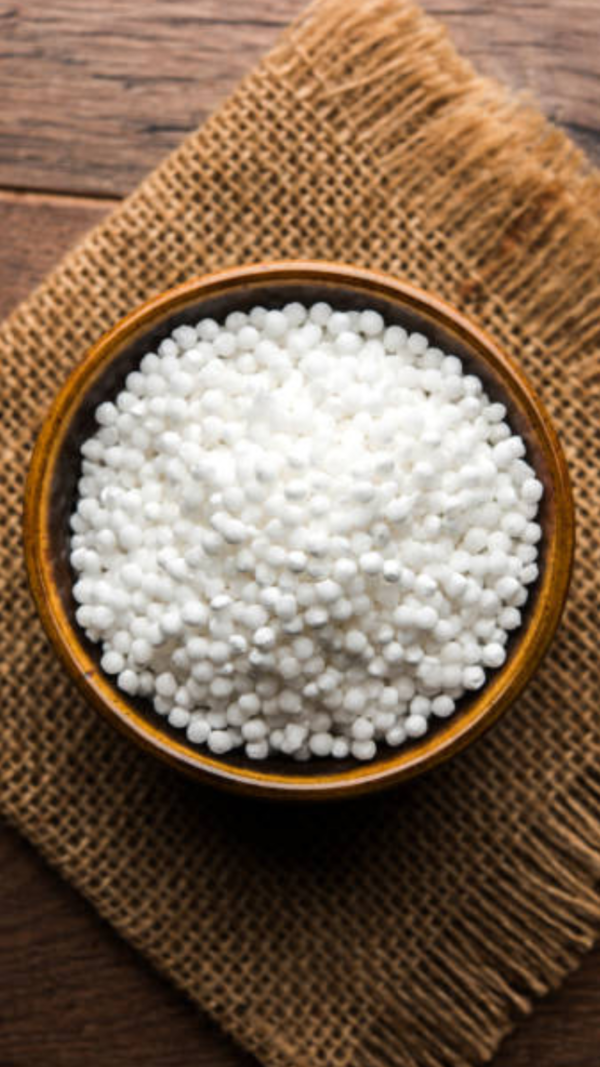- News
- ‘Water PMC supplies meets all norms, still not clear if contamination is GBS source’
‘Water PMC supplies meets all norms, still not clear if contamination is GBS source’
The Guillain-Barré Syndrome patient count has crossed the 200-mark in the city since the first case was reported on Jan 9, and 8 people have so far died due to complications caused by GBS since then. However, the source of the outbreak is still a mystery. TOI's Salonee Mistry talks to Nandkishor Jagtap, in charge of PMC's water supply, to understand what went wrong, and what the civic body is doing. Excerpts.
Q. When TOI reporters visited the Nanded Gaon area in Jan, locals said the main well supplying water there was covered only after GBS began. The sarpanch said people think an animal fell inside, causing the outbreak. What exactly happened?
NJ. There was no need to close the well in the last 25 years. It's also not the fact that the well was closed because any animal fell into it. The well was closed following the GBS outbreak to ensure that no animal falls into the well. We have just put a mess on it. The well is not very deep. We also have our staff there, 24x7. If there was any animal death in the well, it would have been visible.
Q: If the water department knew groundwater was contaminated in these new areas, what was done to prevent disease? What steps were taken before the GBS outbreak?
Q. Why is there such a sudden outbreak? What is the source?
NJ: NIV is still testing the samples to find out the root cause of this (GBS) outbreak. Till now, it has been proved that drain or contaminated water cannot be the source. It could be via water that has come from poultry farms. But then, the scale of it does not add up for this either. We have so far not received any report stating water contamination is the root cause of the outbreak. But this does not mean that water contamination cannot be a source.
Q: It's known that chlorination alone cannot kill all bacteria. Some bacteria can become resistant to chlorine. So what was done besides chlorination in these wells?
NJ: We follow the drinking water norms laid down by the World Health Organisation (WHO) and IS 10500 (2012). Water from our dams is better than what these norms specify. The only thing it has is E. coli. However, chlorination is used to remove E. coli. Chlorine in the water must last till it reaches the users.
Q: From the PMC water treatment plant to the consumer, there can be leaks and pipe breaches that can contaminate the water even after you have chlorinated it. How can you then say that the water reaching the consumer is clean or safe?
NJ: We test the water at the point where it enters the society tank. We should ideally find 0.2 or 0.3 chlorine, which is crucial to label the water as safe to drink. We randomly collect 500 such samples every day across PMC's jurisdiction. Every area in the city gets tested at least once or twice a week. After GBS, water from the clusters is tested daily. These reports are available on our website.
Q. PMC says gram panchayats were responsible for providing water supply in these newly merged areas. So in five years — after the villages were merged — what has been done to improve the distribution system?
NJ: We haven't changed anything as such. We are maintaining what was there from before. Only thing we have done is add a filtration process, like that of chlorination. We have also sent the state a Rs560-crore proposal for funding to develop infrastructure that will cater to the areas over the next 30 years. In this planning, we have to consider the population growth over the same period of time and reserve water for them. As we don't have enough water to make this reservation, we have not yet taken up these development works.
Q: Was there any monitoring of the private borewells before GBS?
NJ: Since they are private wells, we had not told the owners anything about chlorination. However, we have instructed them to add this filtration process because of the outbreak.
Q: How do you explain the cluster of these cases?
NJ: There are multiple factors. Private tankers and private RO units can also have contamination. There could also be contamination issues with society underground or overhead tanks. For example, when we collected samples from DSK Vishwa, we found that the (PMC) water sampled at the source where it entered the tank was meeting the norms. But the water sampled from a kitchen tap in one of the flats had heavy E. coli.
The Guillain-Barré Syndrome patient count has crossed the 200-mark in the city since the first case was reported on Jan 9, and 8 people have so far died due to complications caused by GBS since then. However, the source of the outbreak is still a mystery. TOI's Salonee Mistry talks to Nandkishor Jagtap, in charge of PMC's water supply, to understand what went wrong, and what the civic body is doing. Excerpts.
Q. When TOI reporters visited the Nanded Gaon area in Jan, locals said the main well supplying water there was covered only after GBS began. The sarpanch said people think an animal fell inside, causing the outbreak. What exactly happened?
NJ. There was no need to close the well in the last 25 years. It's also not the fact that the well was closed because any animal fell into it. The well was closed following the GBS outbreak to ensure that no animal falls into the well. We have just put a mess on it. The well is not very deep. We also have our staff there, 24x7. If there was any animal death in the well, it would have been visible.
Q: If the water department knew groundwater was contaminated in these new areas, what was done to prevent disease? What steps were taken before the GBS outbreak?
NJ: Contamination has not been an issue as we disinfect the water. The drainage lines were laid by the gram panchayat when the area was under them. The lines were not in a bad shape. We got the lines changed as a precautionary measure. Besides, we were ensuring random sampling — once or twice a week — to ensure that water supplied by PMC is clean. After the GBS outbreak, testing is now done daily. The first complaint we received about bad water from the Nanded Gaon area was during last year's monsoon.
Q. Why is there such a sudden outbreak? What is the source?
NJ: NIV is still testing the samples to find out the root cause of this (GBS) outbreak. Till now, it has been proved that drain or contaminated water cannot be the source. It could be via water that has come from poultry farms. But then, the scale of it does not add up for this either. We have so far not received any report stating water contamination is the root cause of the outbreak. But this does not mean that water contamination cannot be a source.
Q: It's known that chlorination alone cannot kill all bacteria. Some bacteria can become resistant to chlorine. So what was done besides chlorination in these wells?
NJ: We follow the drinking water norms laid down by the World Health Organisation (WHO) and IS 10500 (2012). Water from our dams is better than what these norms specify. The only thing it has is E. coli. However, chlorination is used to remove E. coli. Chlorine in the water must last till it reaches the users.
Q: From the PMC water treatment plant to the consumer, there can be leaks and pipe breaches that can contaminate the water even after you have chlorinated it. How can you then say that the water reaching the consumer is clean or safe?
NJ: We test the water at the point where it enters the society tank. We should ideally find 0.2 or 0.3 chlorine, which is crucial to label the water as safe to drink. We randomly collect 500 such samples every day across PMC's jurisdiction. Every area in the city gets tested at least once or twice a week. After GBS, water from the clusters is tested daily. These reports are available on our website.
Q. PMC says gram panchayats were responsible for providing water supply in these newly merged areas. So in five years — after the villages were merged — what has been done to improve the distribution system?
NJ: We haven't changed anything as such. We are maintaining what was there from before. Only thing we have done is add a filtration process, like that of chlorination. We have also sent the state a Rs560-crore proposal for funding to develop infrastructure that will cater to the areas over the next 30 years. In this planning, we have to consider the population growth over the same period of time and reserve water for them. As we don't have enough water to make this reservation, we have not yet taken up these development works.
Q: Was there any monitoring of the private borewells before GBS?
NJ: Since they are private wells, we had not told the owners anything about chlorination. However, we have instructed them to add this filtration process because of the outbreak.
Q: How do you explain the cluster of these cases?
NJ: There are multiple factors. Private tankers and private RO units can also have contamination. There could also be contamination issues with society underground or overhead tanks. For example, when we collected samples from DSK Vishwa, we found that the (PMC) water sampled at the source where it entered the tank was meeting the norms. But the water sampled from a kitchen tap in one of the flats had heavy E. coli.
End of Article
FOLLOW US ON SOCIAL MEDIA










